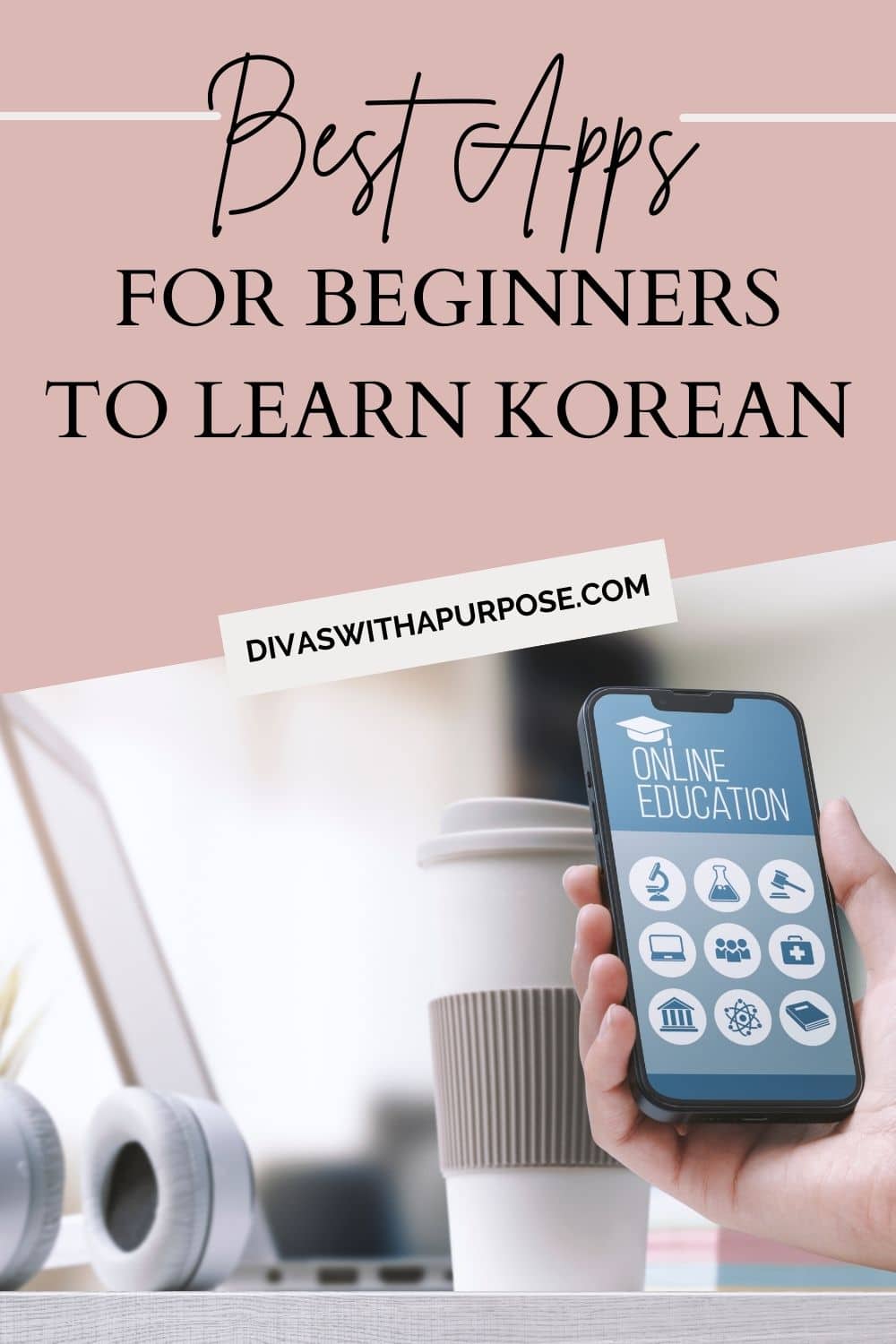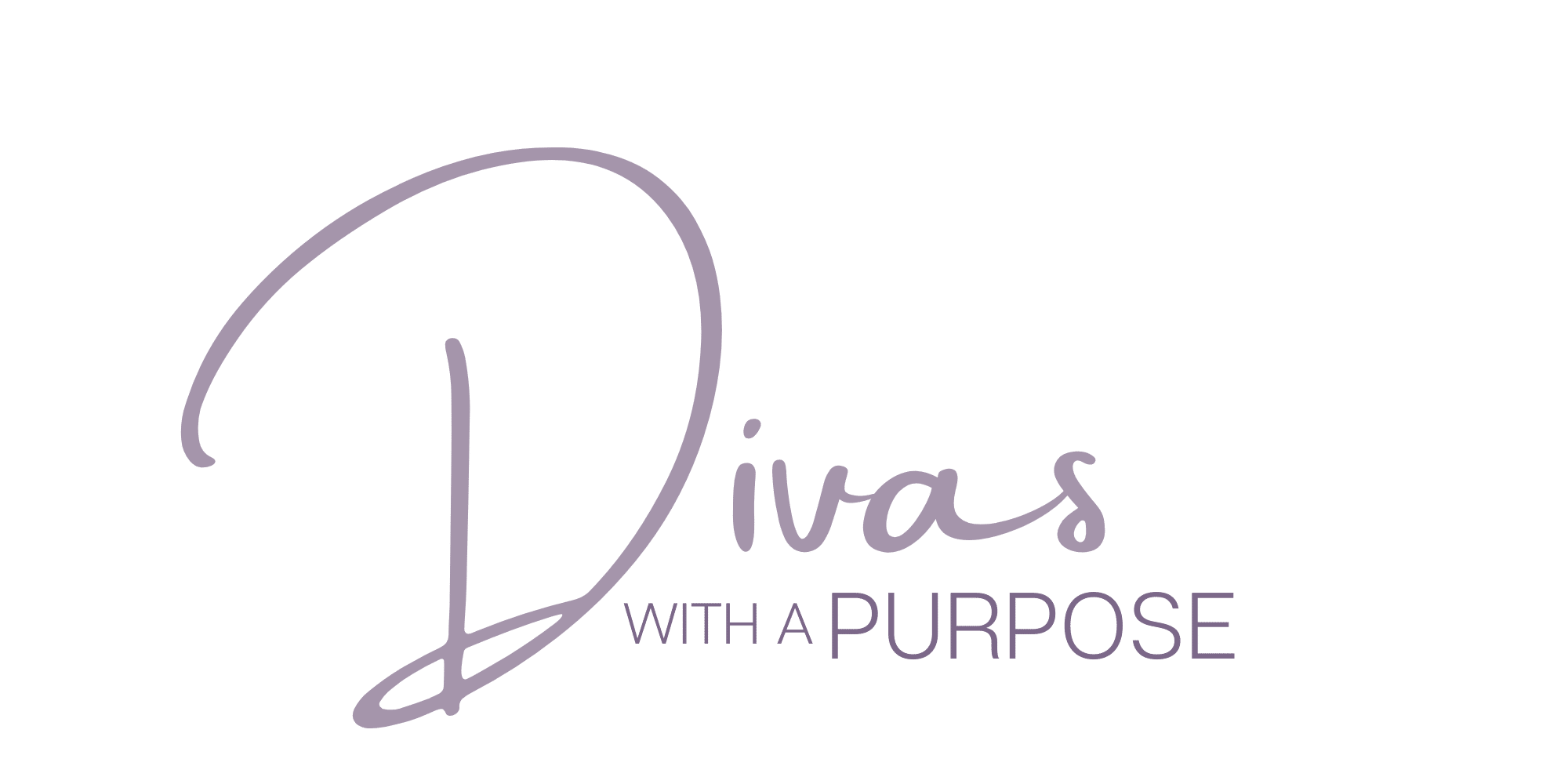Best Apps to Learn Korean for Beginners: Top Picks 2024
Discover the top apps to help beginners learn Korean in 2024, featuring comprehensive tools for mastering vocabulary, grammar, and conversation skills.
Learning Korean can be a fun and rewarding experience, especially when you have the right tools. There are many apps available today, but some truly stand out for beginners. Apps like Rocket Korean offer a comprehensive way to start your Korean learning journey, providing structured lessons and interactive activities. Many learners find starting with basic phrases and essential vocabulary helpful, setting a strong foundation for conversations.
To boost your learning, consider joining Korean language classes with online tutors if you enjoy personalized guidance. A platform where you can find the best tutor for these classes may suit individuals looking to practice speaking with native speakers and hone their skills. This can be a great way to tailor your learning experience to fit your pace and needs, ensuring that you get to practice in a real-world setting.
Some apps also offer language exchange options, connecting you with other learners and native speakers. This is a great method to immerse yourself in conversational Korean and hear how the language is spoken naturally. This approach, combined with your personalized classes, can significantly improve your fluency over time.

Fundamentals of Korean Language Learning Apps
When choosing a Korean learning app, it’s essential to focus on the user interface, curriculum structure, and tools that motivate you. These factors will greatly impact your learning speed and enjoyment.
User Interface and Experience
A clean and intuitive user interface is necessary for your learning experience. It should be easy to navigate, allowing you to focus on lessons rather than struggling with the app itself. A simple layout can help you quickly find lessons and track your progress.
Visual elements like icons and graphics should help you learn Korean. Ideally, the app should use colors and interfaces that are pleasing to the eye, reducing strain during extended use.
Apps often include features like notifications for lesson reminders and achievement badges for motivation. These encourage regular practice and keep you engaged.
Curriculum Structure and Content
A well-structured curriculum is the backbone of any effective learning app while on your journey to learn Korean. Look for apps that offer a balance of reading, writing, speaking, and listening exercises. This variety helps reinforce your skills.
The curriculum should be organized into manageable sections. These might include beginner lessons on the alphabet and basic phrases, gradually moving to more complex topics like grammar and conversation.
Supplementary materials such as flashcards and quizzes can help reinforce what you’ve learned. These tools can be particularly useful for retaining vocabulary and understanding sentence structures.
Progress Tracking and Motivational Features
Tracking your progress can greatly improve your motivation. It shows how far you’ve come and what areas need more focus. Many apps offer visual progress charts or achievement levels that display your learning milestones.
Some apps offer features to challenge yourself, like timed quizzes or language tests. These keep the learning experience dynamic and engaging, pushing you to improve.
Additionally, community features, such as forums or groups for language learners, offer social connection. This gives you a sense of community and access to others who can help or provide insights into your learning journey.
Top Korean Learning Apps for Beginners
Learning Korean as a beginner can be enjoyable with the right apps. These tools offer various approaches, such as gamified lessons, flashcards, and conversation practice. Each app has unique features to help you get started smoothly.
Duolingo: Gamified Language Learning
Duolingo offers a fun, game-like experience to learn Korean. You earn points as you complete small lessons that cover vocabulary, grammar, and pronunciation. This app helps motivate you with its interactive style and daily streaks.
The lessons adapt to your learning pace, focusing on introducing words and phrases gradually. This method ensures you build a strong foundation in Korean. Duolingo’s friendly interface and bite-sized lessons make learning less overwhelming for beginners.
Anki: Flashcards for Vocabulary Building
Anki uses flashcards to help you memorize Korean vocabulary effectively. You can create your own decks or download pre-made ones from the community. This app employs spaced repetition to improve recall, presenting cards less frequently as you master them.
It’s a versatile tool that you can customize based on your needs. This flexibility makes it perfect for beginners who want to focus on expanding their vocabulary at their own pace. Anki is portable, so you can study anytime, anywhere.
HelloTalk: Immersion through Conversation
HelloTalk connects you with native Korean speakers for real conversations. It’s a platform where you can practice speaking, writing, and even receive corrections from your language partners. This immersion approach helps you learn through practical use.
The app also includes translation and pronunciation features, allowing you to communicate more confidently. With HelloTalk, you can make learning Korean social and interactive, which keeps the process engaging. Trying to speak like a local becomes more achievable with this app.
TenguGo Hangul: Focusing on the Korean Alphabet
TenguGo Hangul specializes in teaching you the Korean alphabet, Hangul, essential for reading and writing. The app provides step-by-step lessons to understand the alphabet’s structure and pronunciation.
Interactive quizzes and writing exercises help reinforce what you learn. TenguGo Hangul’s approach is clear and focused, making it easier to get comfortable with the alphabet before progressing to more complex language skills. Learning Korean starts with mastering Hangul, unlocking the ability to read and write.
LingoDeer: Structured Lessons and Review
LingoDeer offers structured lessons that cover a wider range of grammar and vocabulary topics. Each lesson is crafted with clear explanations and exercises to help you grasp new concepts and practice them.
The app also includes review features to reinforce what you’ve learned and track your progress. LingoDeer’s approach is systematic, making it suitable for those who prefer a methodical way of learning. Its well-rounded lessons help beginners gain confidence in using Korean in different contexts.
Remember: Consistency is key to learn Korean.
Choosing an app to learn Korean can feel like a big task, but it’s important to focus on what works for you. Different apps offer various ways to practice speaking, listening, and writing.
For beginners, look for features that match your learning style. If you prefer visuals, pick an app with lots of flashcards and imagery. Interactive games and quizzes can make learning more engaging and fun.
It’s also worth considering apps that offer structured lessons in manageable chunks. This can help build a strong foundation without feeling overwhelmed. Text, voice, and video chats with native speakers can further improve your experience.
Consider the cost and trial options. Some apps offer limited free access, while others require a subscription. Trying a few different apps might help you decide which one meets your needs best.
As you explore these tools, remember that consistent practice is key. Stick with the app that keeps you motivated and provides a convenient way to improve your Korean skills every day.
